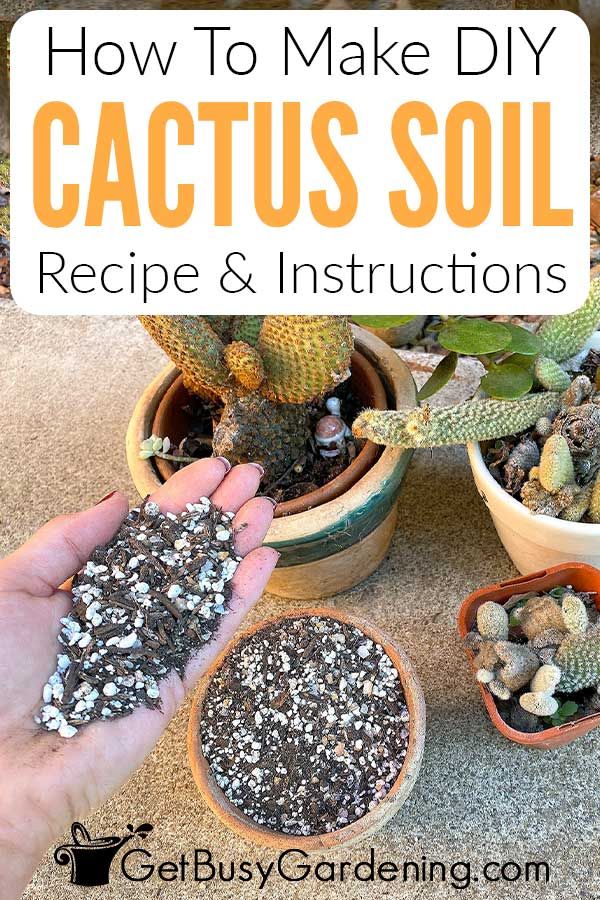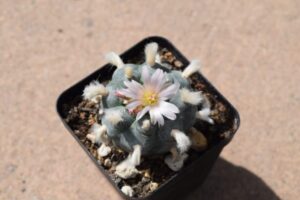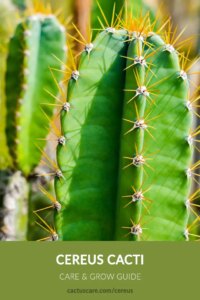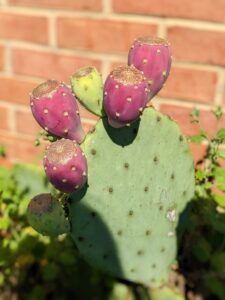When it comes to cultivating cacti, the importance of the right potting mix cannot be overstated. Many enthusiasts underestimate the unique requirements of these resilient plants, often defaulting to conventional potting soil that may suffocate their growth. To truly unlock the potential of cacti, one must understand the intricate balance of components that comprise a suitable soil mix. This guide will delve into the fundamental aspects of crafting an optimum cactus potting mix, revealing a simple recipe that promises to transform your gardening experience.
Understanding the Unique Needs of Cacti
Cacti, native to arid landscapes, have evolved to thrive in conditions that differ significantly from most other houseplants. Their natural habitat subjects them to prolonged droughts and extreme temperature fluctuations. Consequently, these plants possess specialized adaptations that allow them to store water and withstand dry periods. This evolutionary background necessitates a potting mix that mimics their natural environment—allowing for rapid drainage while still retaining a bit of moisture.
Your first consideration should be the soil structure. In a traditional potting mix, organic materials such as peat moss dominate; however, these components retain too much moisture for cacti. Instead, cacti thrive in a blend that leans heavily toward inorganic materials, promoting excellent drainage and airflow around the roots. By comprehending these water dynamics, gardeners can create a soil mix that not only supports the health of their cacti but enhances their overall growth and vitality.
Essential Ingredients for Optimal Cacti Soil
Creating a bespoke potting mix for cacti involves selecting the right combination of ingredients, each serving a distinct purpose. The primary components to consider are as follows:
Coarse Sand
Sand plays a pivotal role in enhancing aeration and drainage, which is critical for preventing root rot. Opt for coarse sand rather than fine sand, as the latter can compact over time, counteracting the intended benefits. A gritty texture is vital for ensuring that excess water swiftly percolates through the soil, allowing the roots to breathe.
Pumice or Perlite
Pumice and perlite are ingenious additions that further improve drainage while providing a lightweight structure for the soil. Both materials contribute to aeration and prevent soil compaction, ensuring that roots remain sufficiently oxygenated. Their porous nature allows them to retain minimal moisture, which is beneficial during dry spells, as it allows cacti to access nutrients without drowning.
Organic Matter—Limited but Essential
While cacti prefer a predominantly inorganic mix, a touch of organic matter can enhance nutrient availability and support the microbial life within the soil. Materials such as coconut coir or well-aged compost can be incorporated sparingly. Be cautious with the amount; too much organic material can lead to excessive moisture retention, which can be detrimental to cacti.
Crafting Your Cacti Potting Mix
The recipe for an ideal cactus potting mix remains straightforward, requiring only a few key ingredients. Follow this simple formula for a balanced and effective blend:
Take one part coarse sand, one part pumice, and one part organic matter—such as coconut coir or well-aged compost. Combine these ingredients thoroughly in a large container. The resultant mix should be gritty and well-draining, mimicking the conditions under which cacti have adapted. Adjust the ratio if necessary; if your cacti show signs of distress or if you’re growing particularly sensitive varieties, a higher proportion of pumice may be beneficial.
Application: Potting and Re-potting Cacti
Once your potting mix is prepared, the next step involves potting the cacti. Choose containers with ample drainage holes to allow excess water to escape. When placing your cactus in the pot, take care not to bury the roots too deeply. Ensure that the soil level is appropriate—generally, the top of the root ball should sit slightly above the soil line.
After potting, refrain from watering your cactus immediately. Allow the soil to settle and the roots to acclimate to their new environment. Implement a watering routine suited for your cacti, typically every few weeks, depending on light exposure and humidity levels.
Ongoing Soil Maintenance
During the growing season, cacti benefit from occasional fertilization, which promotes healthy growth. Use a diluted cactus fertilizer to provide essential nutrients. It’s crucial to remember that less is more—over-fertilizing can lead to nutrient burn or an imbalance in soil pH.
When the time comes to re-pot, observe your cacti closely. If they appear root-bound or if the soil composition has degraded, it may be time for a refresh. Replacing old soil with your homemade mix revitalizes the plant and promotes ongoing health.
Final Thoughts on Crafting Cacti Soil
Making your cactus potting mix opens a window into understanding the unique needs of these remarkable plants. By realizing that soil is more than just a growing medium, it becomes clear that the right mix can significantly impact the health and vitality of your cacti. The simple recipe outlined here not only empowers gardeners to take charge of their growing experience but also fosters a deeper appreciation for the resilience and tenacity of cacti. Cultivating a love for these extraordinary plants begins with the foundation they grow in—make it a worthy one.





Leave a Comment